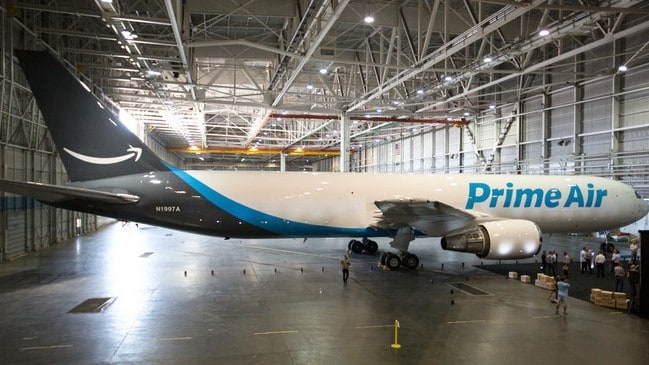This article was originally published on Fool.com. All figures quoted in US dollars unless otherwise stated.
More people are doing more online shopping than they've ever done before in 2020. As shoppers flock to online outlets, Amazon.com Inc (NASDAQ: AMZN) has stood out from the crowd in 2020. Despite already dominating online sales, the company has seemingly increased its standing at the top of e-commerce despite strong performances from competitors such as Walmart Inc (NYSE: WMT), Target Corporation (NYSE: TGT), and eBay Inc (NASDAQ: EBAY).
Where most people begin their product search
Fifty-three percent of online shoppers begin their product search on Amazon.com, according to a recent survey from ChannelAdvisor. About six months ago, a survey from CivicScience found just 47% of of internet users started their product search on Amazon.com.
While the surveys aren't perfectly comparable, the recent results show a positive trend for Amazon. That trend also shows up when asking people where they go to research potential purchases. Sixty-five percent of respondents said Amazon, 45% said Alphabet Inc's (NASDAQ: GOOG) (NASDAQ: GOOGL) Google, and 25% said another online marketplace such as Walmart, Target, or eBay. A similar question in a January 2018 survey saw more people select search engines (69%) versus Amazon (61%).
The increased interest in searching on Amazon bodes well not just for Amazon's retail and marketplace sales, but for its advertising business as well. The vast majority of Amazon's ad revenue comes from sponsored listings in its search results. As Amazon's search traffic grows faster than the rest of the industry, it stands to take an increased share of marketing spend in e-commerce channels.
Shoppers are finding more reasons to use Amazon
Not only are people starting their product searches on Amazon.com, but they're also spending more. Forty-five percent of respondents to the ChannelAdvisor survey said they're spending more time on Amazon than they did before March. That compares with just 35% for other marketplaces.
While Amazon's sales growth hasn't kept up with the online sales booms at Walmart and Target, it's still outpacing the broader e-commerce market. Its online store revenue increased 38% last quarter, third-party seller services increased 55%, and North American revenue increased 39%. U.S. e-commerce sales grew about 37%, according to data from the U.S. Census Bureau.
While a couple of percentage points of outperformance might not seem like much, investors should consider how much Amazon already dominates the market. Continued gains in market share when Amazon already accounts for about 40% of online sales is quite impressive. It's billions of dollars in absolute terms, which would amount to a considerable amount of growth at most of Amazon's competitors.
The future favors Amazon
Consumers are planning to maintain their new online shopping habits in the future. Fifty-two percent of respondents said they plan to do more online shopping in the future than they did before the pandemic. That compares with 38% of respondents who expected to continue shopping more online in May.
More younger people expected to shop online more frequently in the future than older people. And younger people have also favored Amazon since the start of the pandemic. That should lead to continued share gains for Amazon over the next few years.
Most importantly, the response indicates a permanent acceleration in the shift to online commerce from in-store retail. That also bodes well for the future of Amazon.
While investors can't expect total U.S. e-commerce to grow over 30% in 2021 and beyond, they should see Amazon's gross merchandise volume continue to outpace the broader market, which historically grew around 15% per year. And as its marketplace services become more important and more people use its search engine more, it should see its high-margin businesses grow even faster than its retail operations.
Amazon's already producing strong profits amid the pandemic despite massive investments in safety protocols, personnel, and warehouses. When it can curb those investments, but sustain its outsize growth, it'll reward investors with some massive operating profits.
This article was originally published on Fool.com. All figures quoted in US dollars unless otherwise stated.








